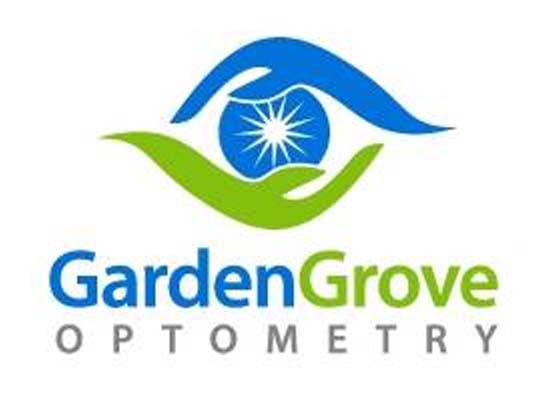
Proper eye care is an extremely important part of a child's development. Developments during this period will affect a child for the rest of his/her life. It is extremely important that children receive attention regarding their eyesight from a very early age to be sure that everything is developing correctly and to diagnose and treat any problems before they worsen or lead to more serious complications. Because many conditions may show symptoms even while your child is still an infant and it becomes much harder to correct the longer, they go untreated, it is very important to have regular eye exams for your child. Dr. Ann Inman of Garden Grove Optometry says, “Beginning from the age of 6 months, children should have comprehensive eye exams at least every year to assess any conditions that may hinder a child's development.”
Many eye conditions that can cause difficulties later in life can be easily detected and treated in childhood if parents are cautious to have eye exams early and often for their children. Two such conditions are Strabismus and Amblyopia.
In Strabismus the eyes are not aligned together, with one eye looking straight while the other may look inward, outward, up or down. This happens when muscles that control eye movements are misaligned or underdeveloped. Children who have other conditions affecting development, such as cerebral palsy, downs syndrome, prematurity or brain tumors are especially susceptible. In eyes which are healthy and properly aligned, each eye sees essentially the same image of an object being viewed, with only slight variation and the brain combines these two slightly varied perspectives into a single interpreted image. This is called Binocular Fusion. In a child with Strabismus, the misalignment of the eyes sends completely different images, causing Binocular Fusion to be unusually difficult or impossible. The child's brain eventually reacts to the differing images sent by the misaligned eyes by eliminating images coming from one of the eyes. This can cause a condition called amblyopia, or “lazy eye.” Amblyopia, sometimes known as lazy eye is a condition in which a person has very poor sight in one eye because that eye did not develop healthy sight during the person's development. Several problems can develop that can seriously affect vision from childhood into adulthood if amblyopia is not diagnosed and treated in a timely manner. The weaker eye may develop a serious and permanent visual defect and depth perception may be lost.
You should also be cautious to have regular eye exams for your child because your child's success in school relies heavily upon enjoying proper vision. In these eye exams, the doctor will check for less serious conditions such as nearsightedness, farsightedness, and astigmatism. “Your child's eyesight is his or her front line in the struggle for knowledge. If your child doesn't receive proper eye care, the classroom may just be one big blind spot, and you may be sentencing your child to failure before the battle has even begun.” cautions Dr. Ann Inman. “Your eye doctor also needs to check early for basic skills related to good eyesight for learning. These include eye movement skills, Peripheral awareness, and Hand-eye coordination.”
Contact Dr. Ann Inman today for more information, and to schedule your child's comprehensive eye exam.
